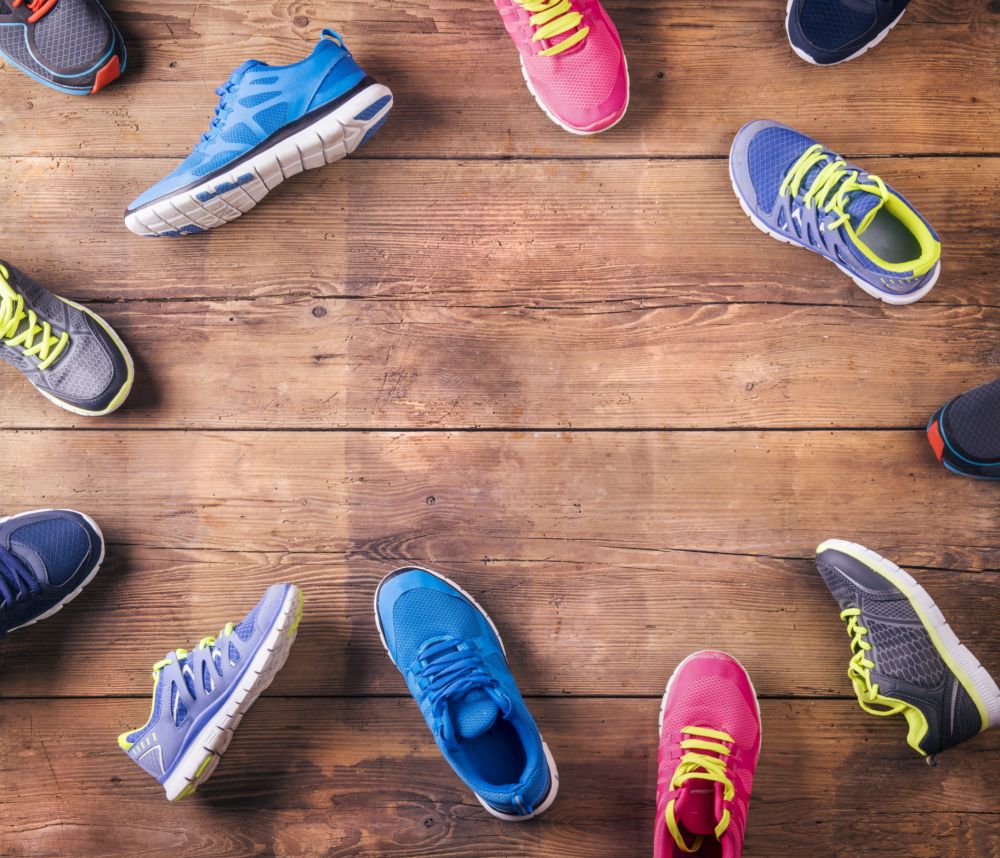Which shoe should you wear for optimal running economy?
The answer might surprise you

Ever since Nike co-founder Bill Bowerman started pouring rubber into a waffle iron in the 1970s, shoemakers have been in a race to develop the best footwear to help athletes run faster. In recent years, this race has heated up with the introduction of super shoes, like the Nike Vaporfly or Asics Metaspeed, but what is the best shoe for optimal running economy? A group of researchers recently combed through the available data to answer that question, and their conclusion might surprise you. If you want to improve your running economy, you simply need to wear a shoe that’s comfortable for you.

The case for comfort
Bowerman once said, “A shoe must be three things: It must be light, comfortable and it’s got to go the distance.”
After reviewing the research, it appears the comfort factor is even more important than perhaps even Bowerman realized. The review, published in the European Journal of Sports Science, searched nine electronic databases from their inception until March 2020 and investigated both direct measures of running performance (such as speed) as well as physiological measures (like running economy) against the comfort of each footwear condition tested. They then compared the running economy of the most comfortable footwear condition with that of the least comfortable, and found that the comfier shoes were associated with a reduction in oxygen consumption, despite running at the same speed.
“It can be concluded with moderate certainty that improved RE (running economy) in recreational athletes is associated with wearing more comfortable footwear compared to less comfortable footwear,” the researchers said.

Finding the shoe that’s right for you
In other words, when you wear a shoe that’s more comfortable for your foot, you’ll run more efficiently and therefore, faster. So while there are several new shoes on the market today that are designed to propel you forward and reduce the strain on your body, if the shoe doesn’t feel good on your foot, it may not help you as much as you want it to.
Unfortunately, finding the perfect shoe can be tricky, and often involves some trial and error. You can reduce your chances of picking the wrong pair by shopping at a running specialty store, where the staff usually have plenty of running-specific knowledge and can help guide you to the right choice. In some cases, the store may be equipped to do a gait analysis to understand your running mechanics and determine which shoe might be better for you.

Remember, it’s easy to get caught up in the latest shoe trend, but your training, recovery and nutrition will have a far greater impact on your performance than a shoe ever will, so just find one that’s comfortable and get out there and run.


